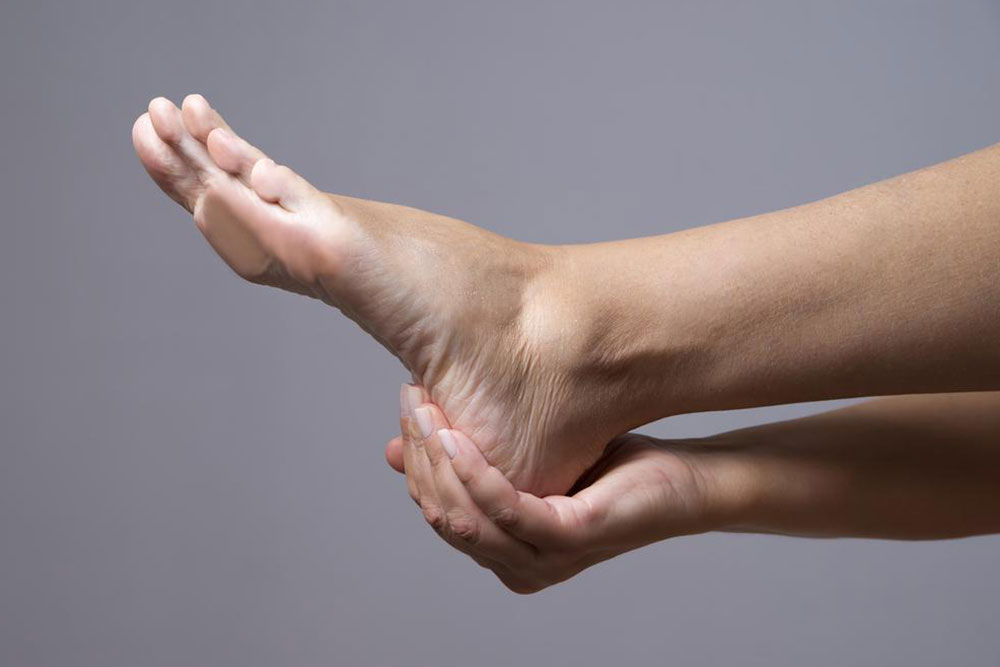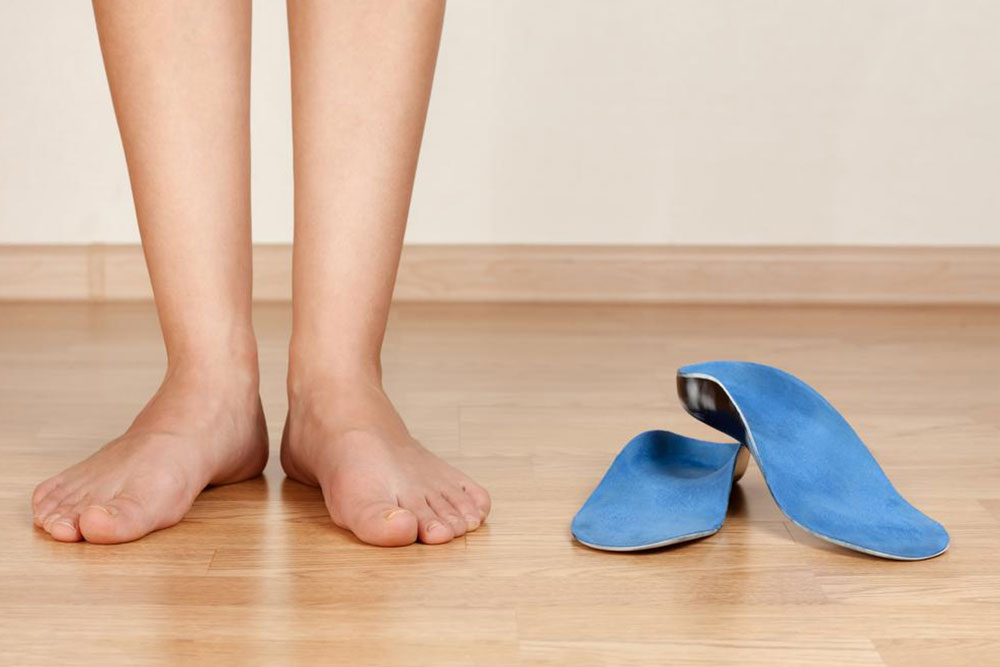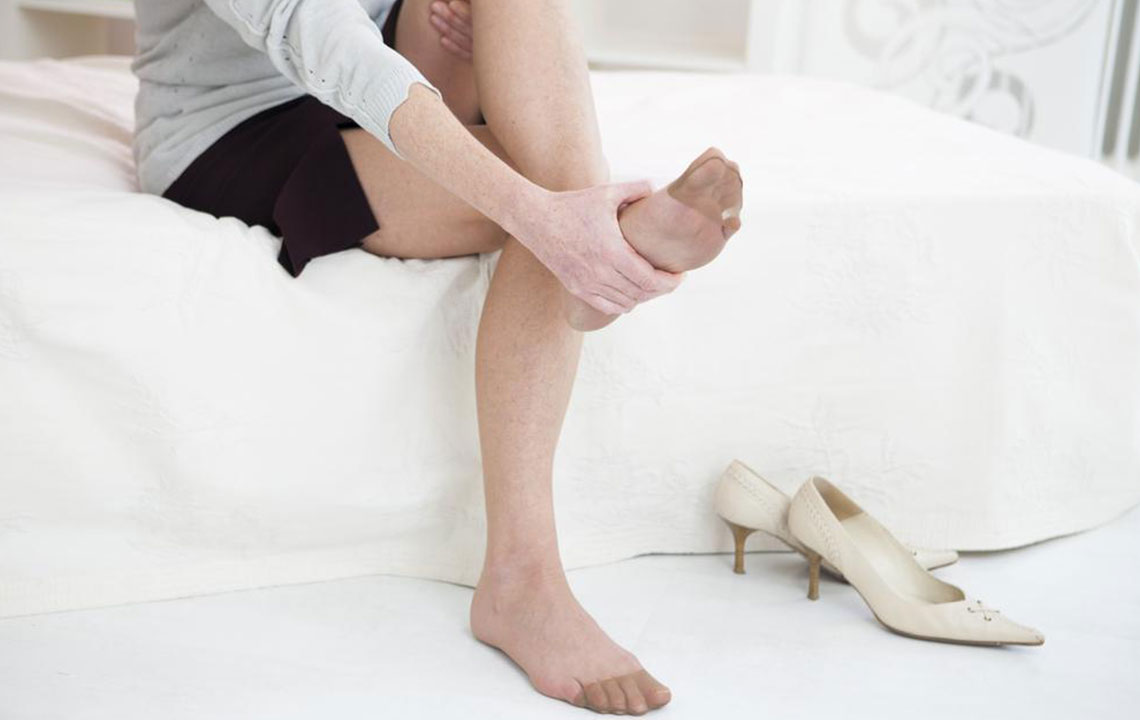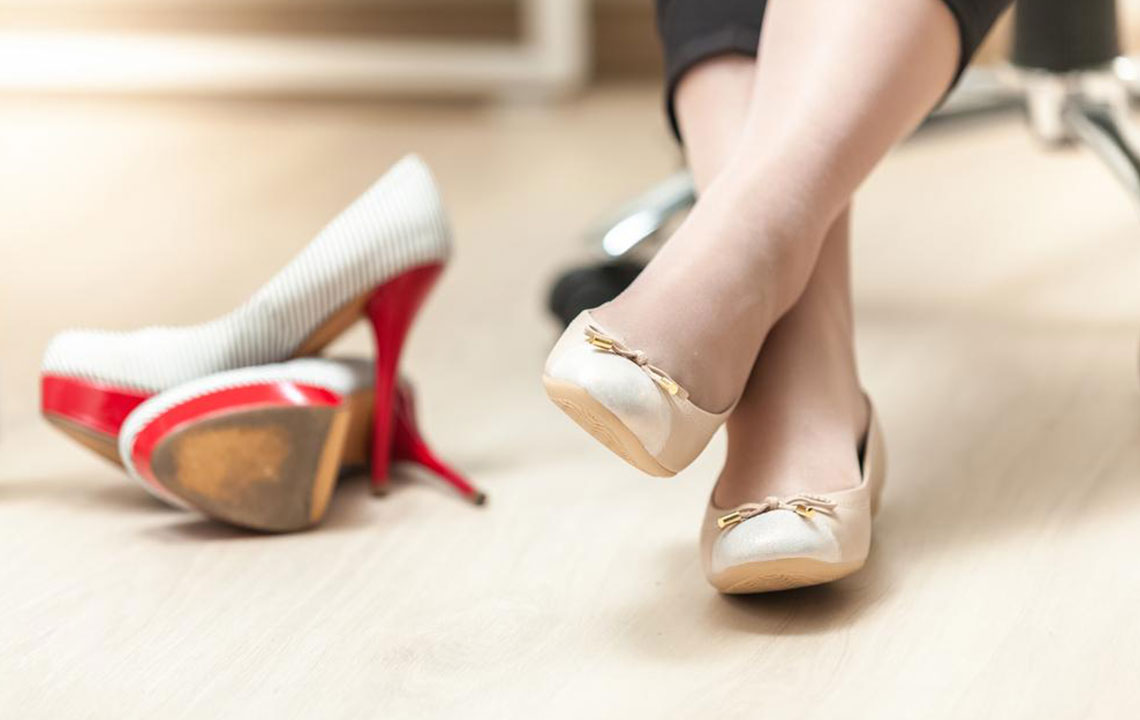Comprehensive Guide to the Best Insoles for Plantar Fasciitis Relief and Foot Comfort
This comprehensive guide explores effective insoles for plantar fasciitis relief, emphasizing the importance of proper foot support, early treatment, and lifestyle adjustments. Discover top insoles like Tread Labs, Orthaheel, Powerstep, and others that offer targeted arch support, heel cushioning, and shock absorption to alleviate heel pain and improve foot health. Suitable for those with flat feet, high arches, or persistent heel pain, these insoles can significantly enhance daily comfort and mobility. Combining the right footwear with medical advice ensures optimal management of plantar fasciitis.

Comprehensive Guide to the Best Insoles for Plantar Fasciitis Relief and Foot Comfort
Plantar fasciitis stands as one of the most common causes of heel pain, affecting millions of individuals worldwide. This condition results from inflammation and irritation of the plantar fascia—a thick band of tissue running across the bottom of the foot, connecting the heel bone to the toes. For those suffering from this painful condition, investing in high-quality insoles specifically designed for plantar fasciitis can make a significant difference in managing symptoms, enhancing comfort, and restoring mobility.
Understanding Plantar Fasciitis: Causes and Symptoms
Plantar fasciitis develops when the plantar fascia becomes overstretched, torn, or inflamed. This often results from repetitive strain, poor footwear, excessive standing, or structural foot issues like flat feet or high arches. As the plantar fascia supports the arch and absorbs shock during movement, any disruption can lead to persistent heel pain. In many cases, the pain is most intense in the morning when stepping out of bed or after periods of inactivity, gradually easing as the tissue warms up. Prolonged standing or high-impact activities can exacerbate the symptoms, making everyday tasks uncomfortable.
Risk Factors and Populations Most Affected
Certain groups are more susceptible to plantar fasciitis, including runners, athletes, individuals with high arches or flat feet, and those who carry excess weight. Women who frequently wear high heels or ill-fitting shoes are also at increased risk. People who spend long hours on their feet—for example, retail workers, teachers, healthcare professionals, and manual laborers—are more prone to developing this condition. Early diagnosis and appropriate intervention are critical to prevent the condition from worsening and to ensure effective relief.
Addressing plantar fasciitis involves a combination of treatments aimed at reducing inflammation, relieving pain, and supporting the foot's natural biomechanics. While some individuals may identify symptoms independently, consulting a healthcare professional is essential for accurate diagnosis and personalized treatment planning. Diagnostic methods include physical examinations, gait analysis, and imaging techniques like ultrasound or MRI to assess the severity and extent of tissue damage.
Effective Treatments and Management Strategies
Managing plantar fasciitis often involves multiple approaches. Non-invasive methods are typically recommended initially, including anti-inflammatory medications such as NSAIDs to reduce swelling and pain. Physical therapy focusing on stretching and strengthening exercises for the plantar fascia and Achilles tendon can significantly improve symptoms. Techniques like ultrasound therapy, shockwave therapy, and night splints help in tissue healing and decreasing tension.
For persistent or severe cases, minimally invasive procedures such as Tenex, which involves ultrasound-guided removal of damaged tissue, or corticosteroid injections may be considered. In chronic cases unresponsive to conservative treatments, surgical options like plantar fascia release might be necessary. However, these procedures are usually reserved as last resorts after other treatments have failed.
The Role of Proper Insoles in Managing Plantar Fasciitis
For many individuals, especially those with active lifestyles or standing-intensive jobs, wearing supportive insoles can provide immediate relief and long-term benefits. Over-the-counter insoles designed specifically for plantar fasciitis offer targeted arch support, heel cushioning, and shock absorption—all crucial for reducing stress on the plantar fascia and alleviating heel pain.
The best insoles distribute weight evenly across the foot, reduce pressure on the heel, and help maintain proper foot alignment. Selecting the right insole depends on individual foot structure, severity of symptoms, and specific activity levels. The following are some of the top insoles known for their effectiveness in relieving plantar fasciitis symptoms:
Tread Labs Insoles
Designed with adjustable arch heights and multiple support options, Tread Labs insoles help distribute weight evenly, easing heel pain and providing customized comfort for various foot shapes.
Orthaheel Relief Insoles
These lightweight insoles are versatile, fitting into different footwear types, and are particularly effective in relieving heel spurs and providing all-day comfort, making them suitable for athletes and casual users alike.
Powerstep Pinnacle Insoles
Offering a balanced combination of cushioning and support at an affordable price point, Powerstep Pinnacle insoles support arches effectively and are adaptable to shoes lacking built-in padding.
Superfeet Green Heritage Insoles
With high arches and superior durability, these insoles are ideal for users with high arches or severe plantar fasciitis, delivering consistent support and relief with prolonged use.
Nazaroo Orthotic Insoles
Designed specifically for individuals with flat feet experiencing significant plantar fascia pain, these orthotic insoles provide the stability needed to reduce inflammation and discomfort.
Sof-Sole Comfort Gel Insole
Featuring a soft gel top layer, this insole offers enhanced comfort for long-distance walking and extended periods on your feet, helping to cushion the heel and support the arch effectively.
In conclusion, choosing the right insoles can be a pivotal step in managing and alleviating plantar fasciitis symptoms. Combined with proper footwear, stretching routines, and medical treatment when necessary, supportive insoles contribute significantly to foot health, pain reduction, and overall mobility improvement.





